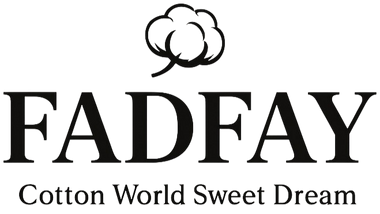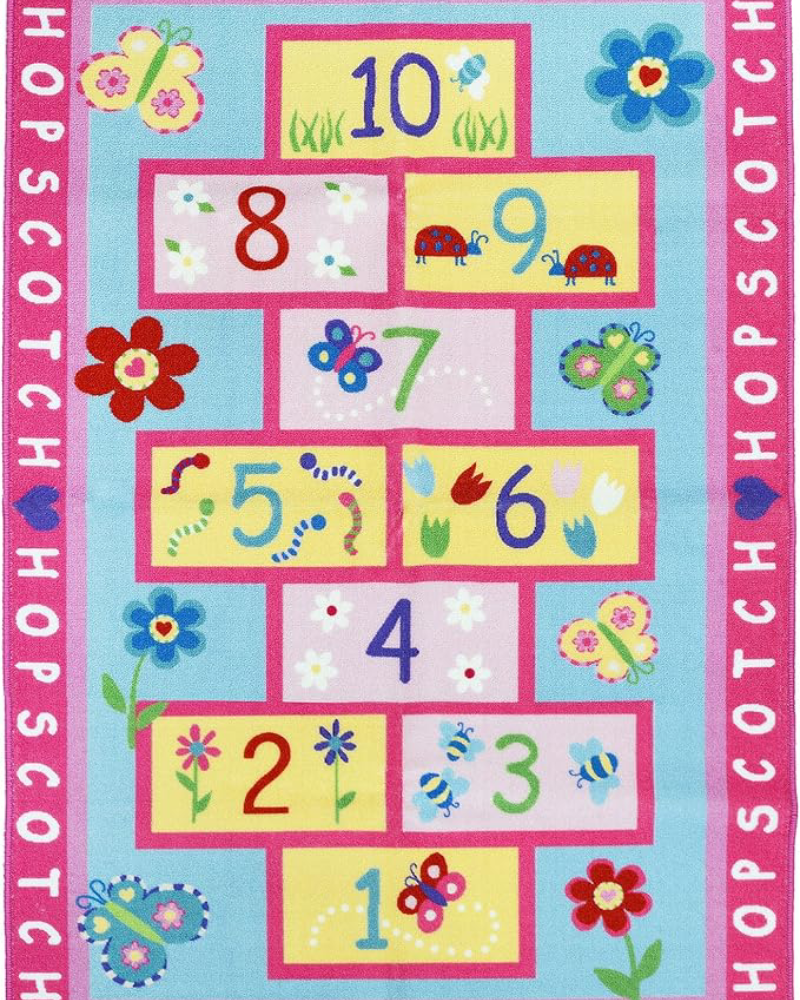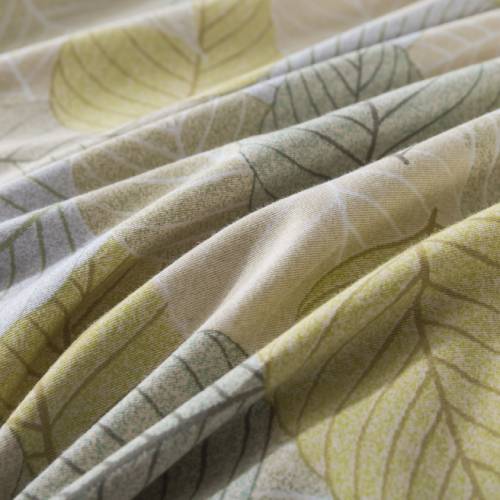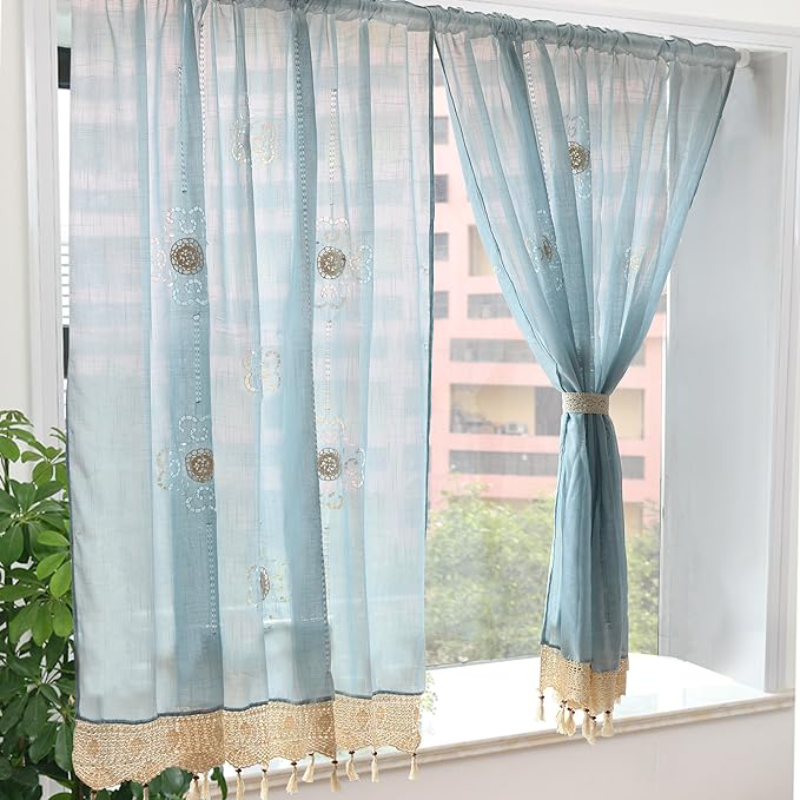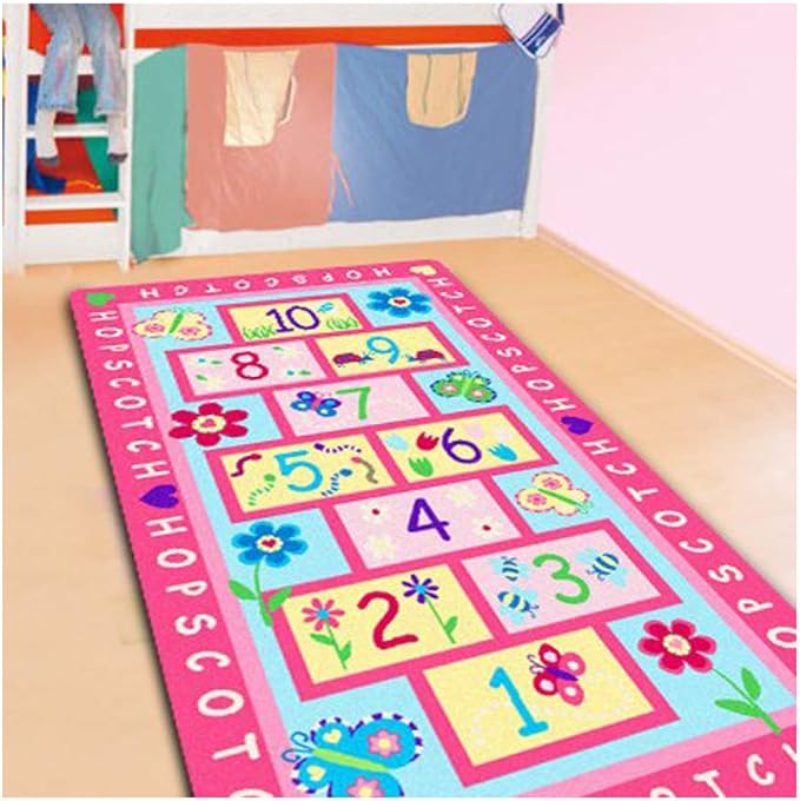When it comes to choosing the perfect bedding, two popular materials often come to mind: cotton and silk. Both are luxurious and widely used in the world of home textiles, but each offers unique benefits that can significantly impact your sleep quality. Understanding the differences between these two materials can help you make an informed decision about which one is best suited for your personal preferences, climate, and sleep habits.
In this blog, we’ll dive deep into the properties of both cotton and silk, exploring their advantages, disadvantages, and what makes them stand out when it comes to sleep and bedding.
Overview of Cotton and Silk
Cotton: The Natural, Breathable Option
Cotton is one of the most widely used natural fibers in the world, known for its softness, breathability, and durability. Derived from the cotton plant, this fiber has been a staple in bedding for centuries, prized for its ability to keep sleepers cool and comfortable through the night.
Cotton bedding is available in a variety of styles, from basic weaves to luxury, high-thread-count sheets. It is also a versatile fabric, offering a wide range of prices to suit different budgets.
Silk: The Luxurious, Hypoallergenic Choice
Silk, on the other hand, is a natural protein fiber produced by silkworms. It is often associated with luxury, thanks to its incredibly smooth texture, sheen, and lightweight feel. Silk is one of the most opulent materials for bedding, offering a sensuous sleeping experience that is unmatched by other fabrics.
In addition to its luxurious feel, silk is also hypoallergenic, making it ideal for people with sensitive skin or allergies. However, silk is generally more expensive than cotton and requires special care to maintain its quality.
Breathability and Temperature Regulation
Cotton: Excellent Airflow for Cool Sleep
One of the key benefits of cotton is its breathability. Cotton fibers allow for excellent airflow, which helps to regulate body temperature during sleep. This makes cotton an ideal choice for hot sleepers or people who live in warmer climates. Cotton naturally absorbs moisture, keeping you dry and comfortable throughout the night by wicking away sweat.
Additionally, cotton bedding comes in various weaves, such as percale and sateen, which can influence its breathability. Percale, for example, is crisp and airy, while sateen has a smoother, slightly heavier feel that still offers comfort but may be less breathable than percale.
- Best For: Hot sleepers and those who prefer a cooler sleeping environment.
- Drawback: In colder months, cotton bedding may not provide as much warmth as heavier fabrics like flannel or fleece.
Silk: Lightweight but Warm
Silk is known for its ability to regulate temperature as well, but it functions a bit differently than cotton. Silk fibers are naturally insulating, meaning they can keep you warm when it's cold and cool when it's warm. This dual ability to adapt to temperature changes makes silk a versatile option for all seasons.
However, silk is less effective at wicking away moisture compared to cotton. It can still feel comfortable in warm weather, but hot sleepers who sweat heavily might find cotton to be a better option for moisture control.
- Best For: Those seeking a luxurious feel with temperature adaptability.
- Drawback: While it can keep you comfortable, it may not wick away sweat as effectively as cotton.
Softness and Comfort
Cotton: Softness That Improves Over Time
Cotton is renowned for its softness and comfort, especially when you choose high-quality options like Egyptian or Pima cotton. The softness of cotton sheets typically improves with each wash, making them more comfortable over time. Additionally, cotton bedding is available in various thread counts, which can influence the texture and feel. A higher thread count generally means softer sheets, though this also depends on the quality of the cotton itself.
- Best For: Those who prefer soft, cozy, and progressively more comfortable bedding.
- Drawback: Some lower-quality cotton sheets can feel rough or scratchy until they are washed multiple times.
Silk: Luxuriously Smooth
Silk is prized for its buttery smooth texture and light, flowing drape. Unlike cotton, silk doesn’t have the same fluffy softness, but it offers an incredibly smooth and luxurious feel against the skin. The smooth surface of silk is also gentle on your hair and skin, reducing friction that can cause frizz and sleep wrinkles. This makes silk a popular choice for people who want to maintain their beauty routine while they sleep.
- Best For: Those seeking a smooth, luxurious feel that is gentle on the skin and hair.
- Drawback: Silk is delicate and may require more careful handling to avoid snags and damage.
Durability and Care
Cotton: Easy to Care for and Long-Lasting
One of the main reasons cotton is such a popular choice for bedding is its durability and ease of care. Cotton sheets can withstand frequent washing and are generally machine-washable. High-quality cotton, such as Egyptian or Supima, is also long-lasting, making it a great investment for those who want bedding that will hold up over time.
With proper care, cotton bedding can last for years, becoming softer with each wash without losing its integrity. Cotton is also naturally resistant to pilling (the formation of small fabric balls), especially in high-quality weaves.
- Best For: Busy households and those who want low-maintenance, long-lasting bedding.
- Drawback: Some cotton sheets, especially those of lower quality, can shrink or wrinkle easily.
Silk: Requires Special Care
Silk, while luxurious, is a more delicate fabric and requires special care to maintain its quality. Most silk bedding is not machine-washable and should be either hand-washed or dry-cleaned. Silk can be prone to snags, and improper handling can reduce its lifespan.
Despite its delicacy, silk is fairly durable if properly cared for. High-quality silk can last for many years, but it is more susceptible to wear and tear than cotton due to its finer fibers.
- Best For: Those willing to invest time in proper care for long-lasting luxury.
- Drawback: Silk is more high-maintenance and may not be suitable for people who prefer easy-care bedding.
Health and Hypoallergenic Benefits
Cotton: Natural and Breathable, But Not Hypoallergenic
Cotton is a natural fiber, making it a healthier choice for people who are concerned about synthetic materials in their bedding. However, cotton is not inherently hypoallergenic, and some people with sensitive skin may find certain finishes or dyes irritating. Organic cotton is a better option for those with allergies, as it is grown without pesticides and processed without harsh chemicals.
- Best For: Natural, breathable comfort with minimal environmental impact (in the case of organic cotton).
- Drawback: Cotton is not hypoallergenic by default and may still collect dust mites over time.
Silk: Naturally Hypoallergenic
Silk is naturally hypoallergenic, which makes it an excellent choice for people with sensitive skin or allergies. Its smooth surface and protein-based fibers naturally repel dust mites, mold, and other allergens. Additionally, silk’s ability to regulate moisture means it is less likely to create a breeding ground for bacteria, making it a healthier option for bedding.
- Best For: Allergy sufferers and people with sensitive skin.
- Drawback: Higher cost and more maintenance compared to cotton.
Cost and Value
Cotton: Affordable Luxury
Cotton bedding comes in a wide range of price points, making it accessible to most consumers. Basic cotton sheets can be very affordable, while high-end Egyptian or Supima cotton can be more expensive, offering a luxurious feel at a more reasonable price compared to silk. Cotton is a great investment for those looking for comfort, durability, and ease of care without breaking the bank.
- Best For: People looking for high-quality, affordable bedding with a range of options to fit different budgets.
- Drawback: Lower-end cotton sheets may not offer the same comfort or longevity as premium varieties.
Silk: An Investment in Luxury
Silk is generally considered a luxury item, and its price reflects that. Silk bedding is often more expensive than even high-end cotton, making it a premium choice for those who are willing to invest in their sleep environment. While silk offers numerous benefits in terms of comfort and health, it may not be the most practical option for everyone due to its cost and the level of care it requires.
- Best For: Those looking to invest in a luxurious, hypoallergenic sleep experience.
- Drawback: Higher cost and care requirements may be a barrier for some consumers.
Conclusion
When deciding between cotton and silk for your bedding, the best choice ultimately depends on your personal preferences, lifestyle, and budget. Cotton is a practical, durable, and breathable option that is suitable for a wide range of sleepers, while silk offers unparalleled luxury, hypoallergenic benefits, and a soft, smooth feel. By considering factors like comfort, care, and cost, you can select the bedding material that will help you get the best night's sleep.
